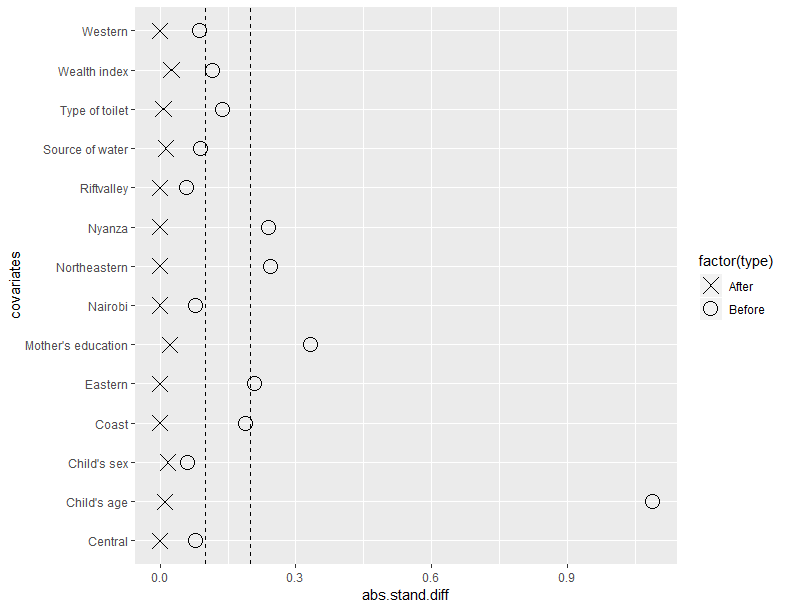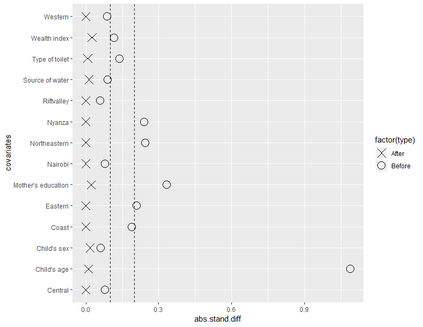In many observational studies, the interest is in the effect of treatment on bad, aberrant outcomes rather than the average outcome. For such settings, the traditional approach is to define a dichotomous outcome indicating aberration from a continuous score and use the Mantel-Haenszel test with matched data. For example, studies of determinants of poor child growth use the World Health Organization's definition of child stunting being height-for-age z-score $\leq -2$. The traditional approach may lose power because it discards potentially useful information about the severity of aberration. We develop an adaptive approach that makes use of this information and asymptotically dominates the traditional approach. We develop our approach in two parts. First, we develop an aberrant rank approach in matched observational studies and prove a novel design sensitivity formula enabling its asymptotic comparison with the Mantel-Haenszel test under various settings. Second, we develop a new, general adaptive approach, the two-stage programming method, and use it to adaptively combine the aberrant rank test and the Mantel-Haenszel test. We apply our approach to a study of the effect of teenage pregnancy on stunting.
翻译:在许多观测研究中,人们的兴趣在于治疗对坏、异常结果而不是平均结果的影响。对于这种环境,传统的做法是界定一种分异结果,表明与连续得分的偏差,使用匹配的数据对曼特尔-汉斯泽尔测试进行。例如,关于儿童生长不良决定因素的研究采用了世界卫生组织关于儿童发育迟缓的定义,即儿童发育迟缓是按年龄计算的高度-z-z-score $leq-2$。传统方法可能会失去力量,因为它丢弃关于异常严重性的潜在有用信息。我们开发了一种适应性方法,利用这一信息,并且无动于衷地主宰传统方法。我们从两个方面发展了我们的方法。首先,我们在相应的观测研究中开发了一种偏差等级方法,并证明一种新的设计灵敏度公式,使得它能够在不同环境中与Mantel-Haenszel测试进行无症状的比较。第二,我们开发了一种新的一般适应性适应性适应性适应性方法,即两阶段编程方法,并用于适应性地将畸形怀孕测试和Mantel-Hazel试验的效果结合起来。我们应用了一种新设计方法。






